Tropical endophytes
Endophytic fungi, or endophytes, colonize roots or aboveground plant tissues and in some cases protect plants from pathogens and herbivores. We are studying how leaf traits influence endophyte colonization and community structure. We have also been exploring fascinating interactions among leaf-cutting ants, their fungal cultivar, and the diverse endophytic fungi that arrive at the ant’s nest in the leaves they cut. Here we are focusing on the intersection of two fungal mutualisms, one between the host plant and the foliar endophyte, and the other between the ants and their fungal cultivar. We have demonstrated that ants choose to cut leaf material with low relative to high endophyte densities, suggesting a host plant benefit for harboring endophytes. Our current plant-insect-fungal interactions are studied by graduate student Jake Dixon, who looks at morning glories and the beetles that consume them in NW Ecuador. Not all fungi will be beneficial to plants - some may be pathogens and may flourish where plant densities are greater. If these pathogens are density dependent, they may be one of the factors that lead to such great plant diversity in tropical forests (conspecific density dependence).


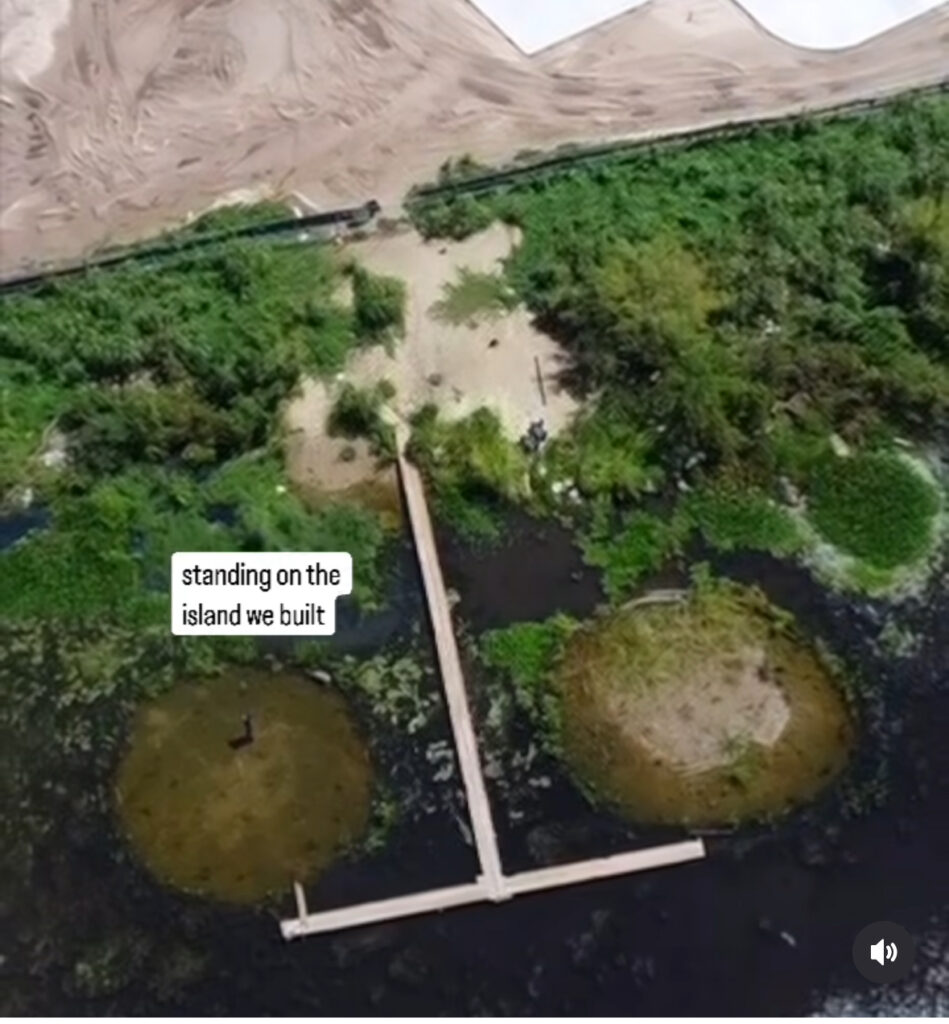
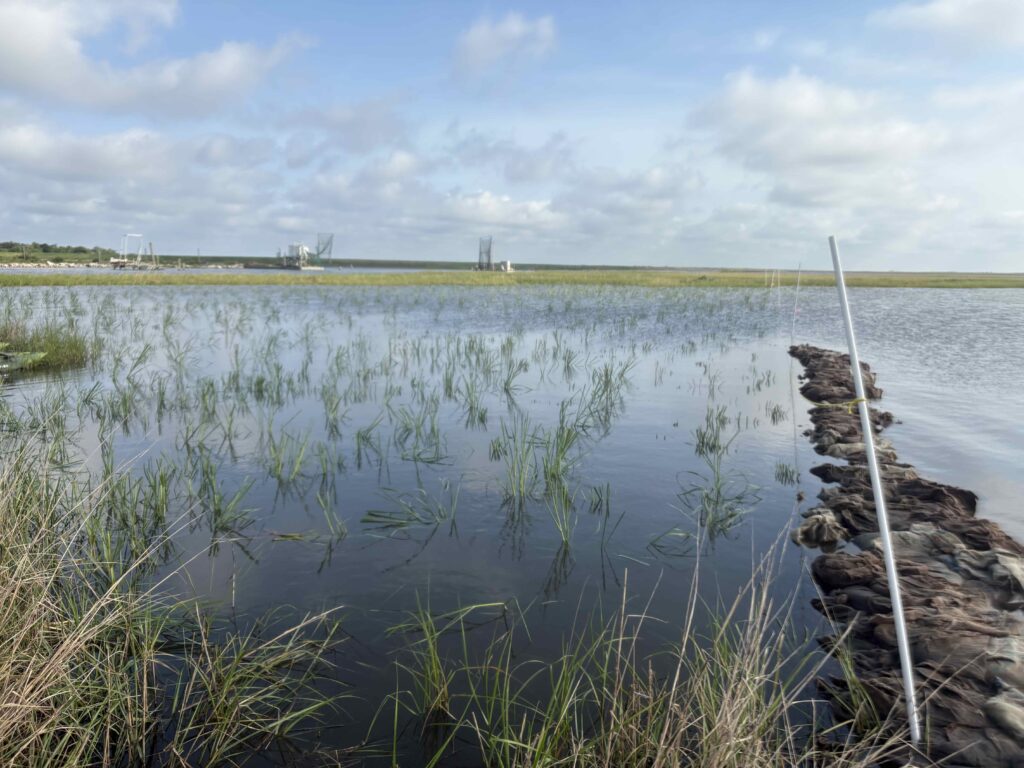
Coastal restoration
Can crushed, recycled glass be used as an alternative substrate in coastal restoration? Sea-level rise is a worldwide problem and is particularly severe in Louisiana where coastal erosion and subsidence result in high levels of absolute sea level rise. One of the most important mechanisms for maintaining elevation is the contribution of below-ground plant growth to soil formation, which depends heavily on microbial activity. We are characterizing the fungi and bacteria that live in association with the roots and above-ground plant parts wetland plants that live in mesocosms of crushed, recycled glass. Beyond the mesocosms, our team has a number of small pilot projects. We have used glass sand bags to build berms (while planting behind them) and we have also built a number of small islands made of recycled glass and river sediment.
Baldcypress
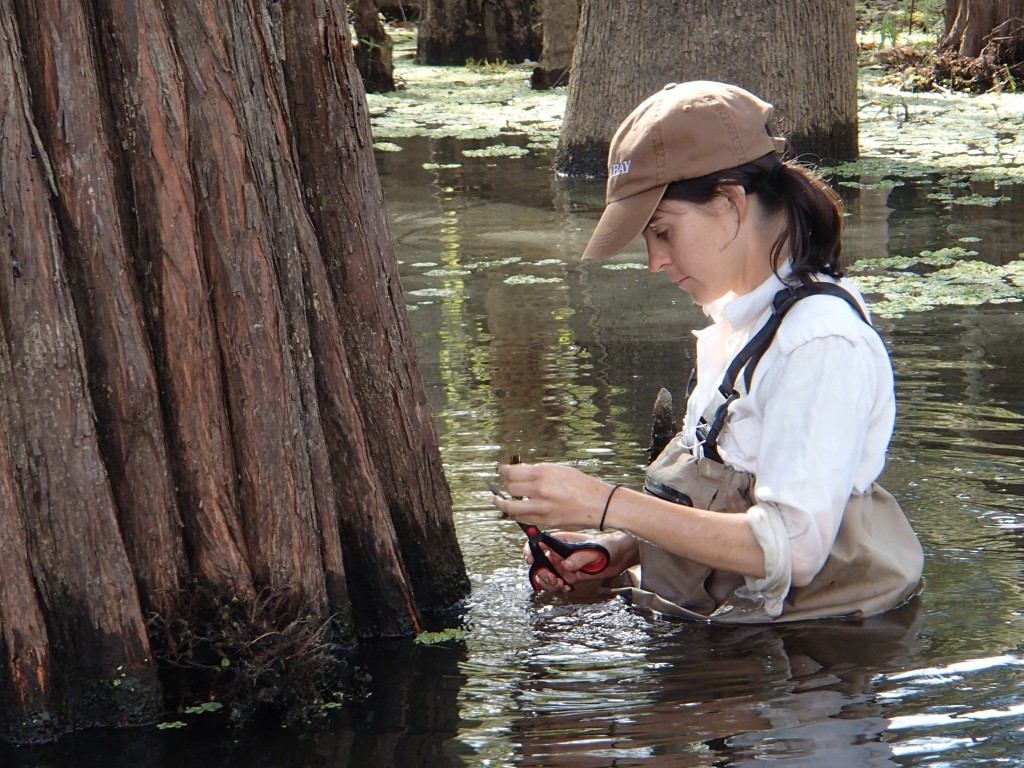
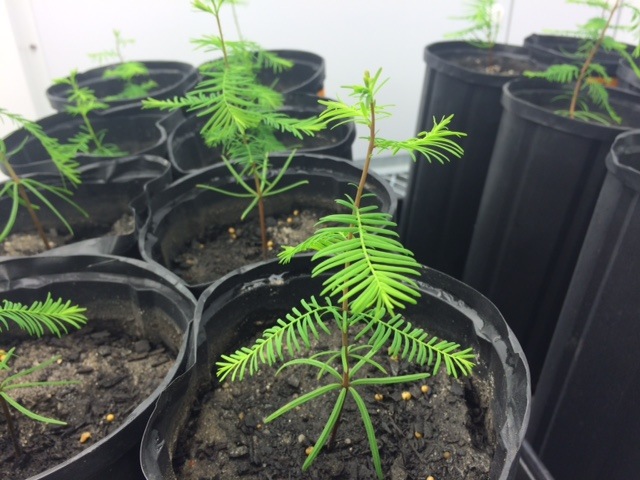
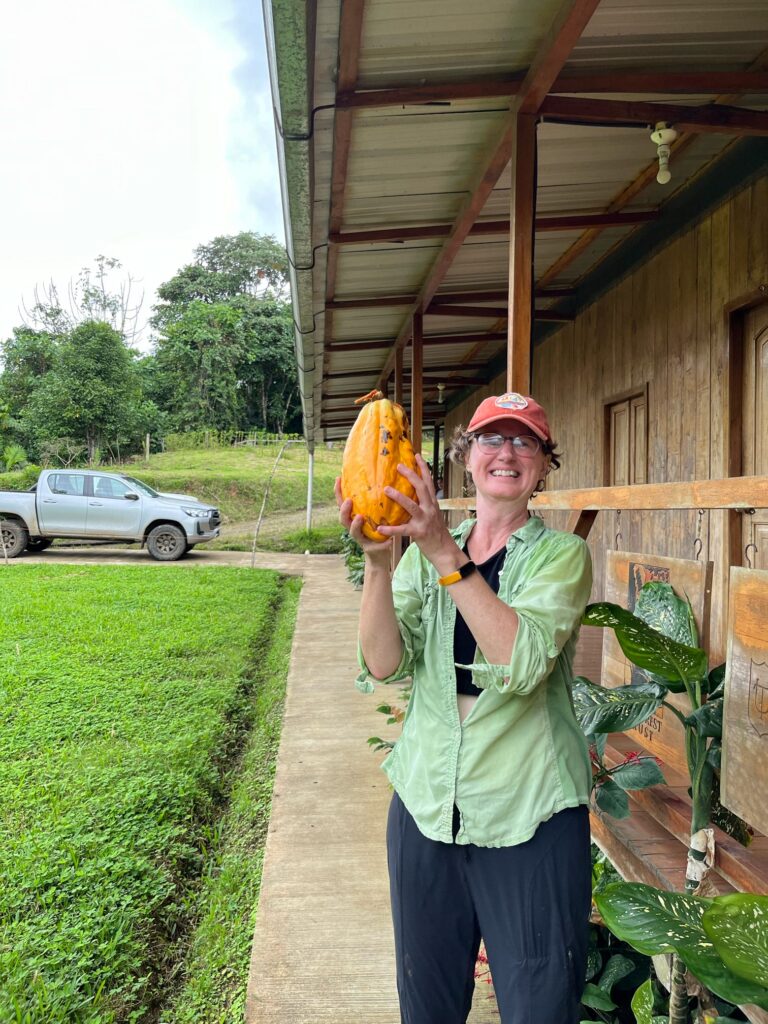
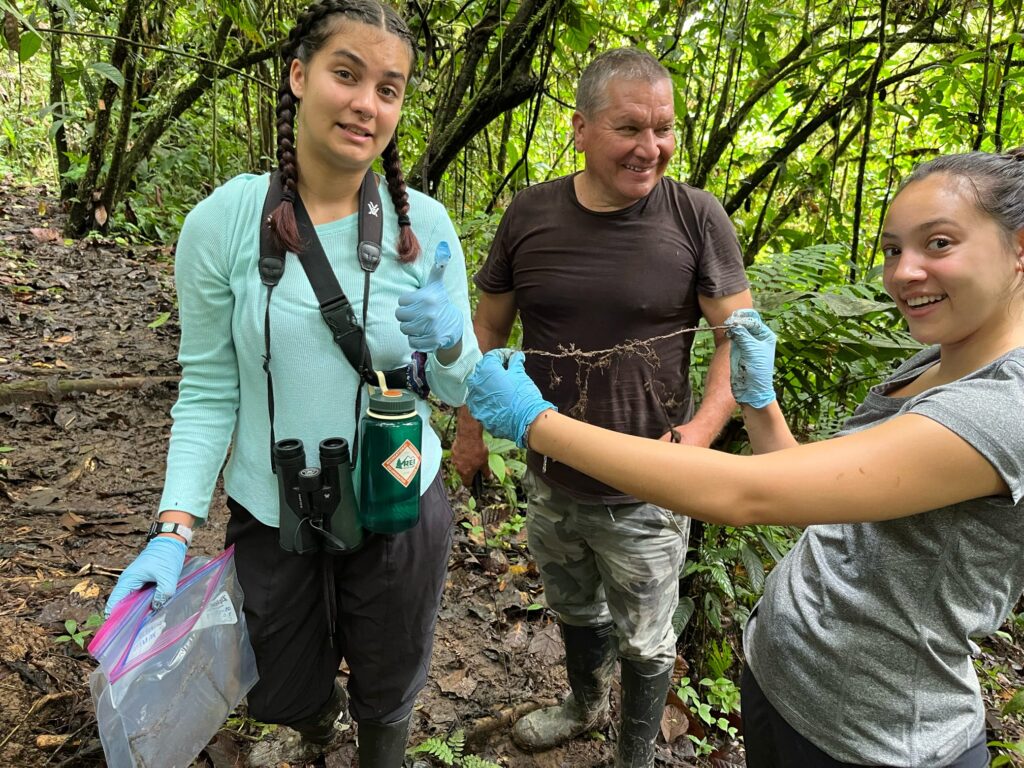
No Comments Yet